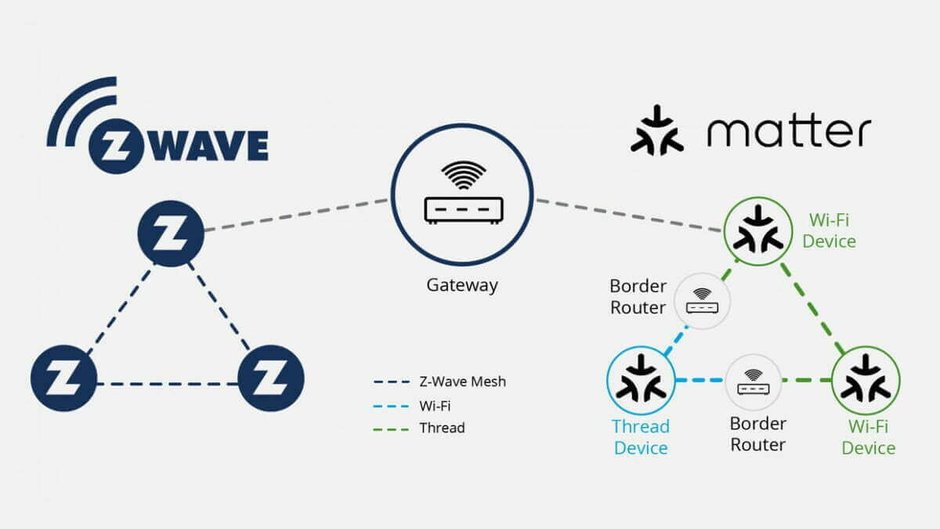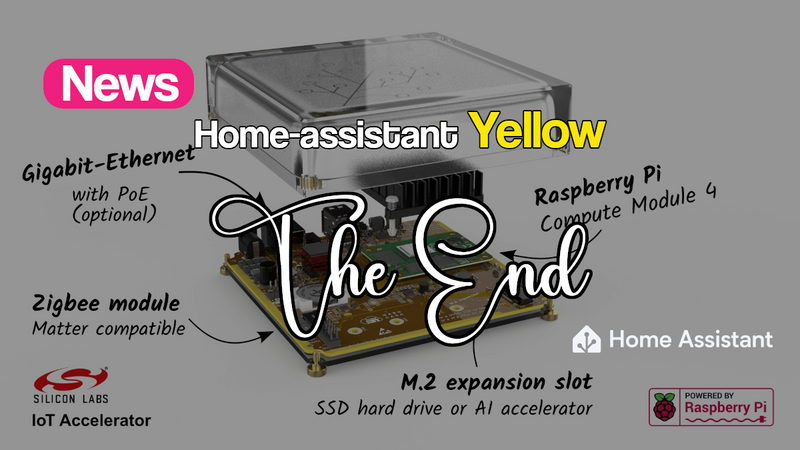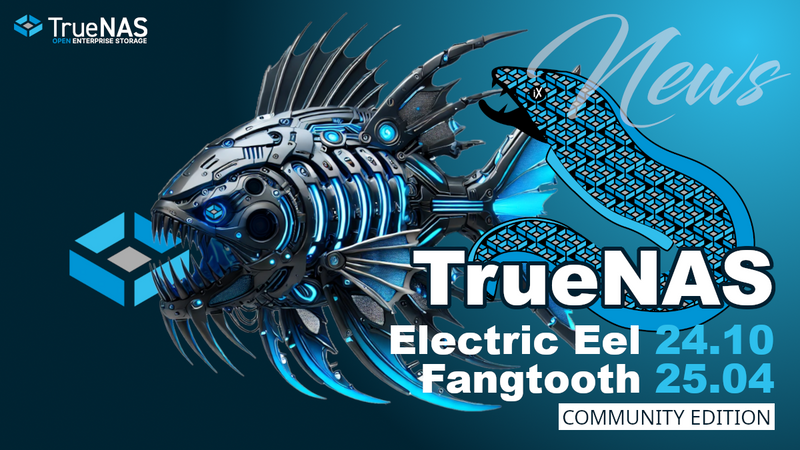Z-wave VS Matter
This page has been visited ... times

Sommary
Z-Wave: Matter is an opportunity for true interoperability
With the power of Big Tech behind it and Project CHIP morphing into the marketing-friendly Matter, we could be looking at one of the biggest ever shake ups in the smart home world.
It might seem, looking from the outside at least, that Z-Wave could be a casualty of this shake up.
Z-Wave is not a communications protocol the new initiative is making use of and, let us not forget, homeoverip ==> Matter is an initiative essentially run by Z-Wave’s long term rival Zigbee, under its new guise of the Connectivity Standards Alliance.
Interoperability: the key to Z-wave and Matter protocols
However, the key to Z-Wave not only surviving the threat of Matter but thriving with the opportunity that it brings, is the one thing Z-Wave has always been strong advocates for: interoperability.
“Achieving full-on interoperability is a core component of our platform.” Mitch Klein, Executive Director, Z-Wave Alliance and Director of Strategic Partnerships at Silicon Labs, told The Ambient during a recent video call.
“And that’s really great for us as Matter, its members and Matter as part of their functional expectations, are insisting on interoperability as well.
“But the thing is, in order to be interoperable, you actually do need the full set of the protocol of the building blocks,” Klein explained.
Mitch Klein, Executive Director of Z-Wave Alliance and Director of Strategic Partnerships at Silicon Labs
Z-Wave has all of the building blocks in place. But when we look at some of the other platforms here, they don’t actually mandate or provide the entire stack.
Mitch Klein
“For example, Matter, which is focused on the application layer, or Thread, which is focused on the networking layer, and so on, and so forth.”
Klein is keen to stress that, rather than being a rival protocol, Z-Wave will work alongside the new Matter standard and consumers will benefit from a more streamlined smart home approach.
“We’re actually really excited that we’ve got companies like Amazon, Apple, Google, Samsung, and hundreds more, all saying, yes, let’s be truly interoperable,” he explained.
Mitch Klein
Matter, New protocol ?
“The Matter of promise of calling the future fully interoperable, we 100% support that and we’ve been saying that for 20 years.”
Klein was keen to point out that while Matter has a shiny new name a new logo, it isn’t a brand new communications method at all; simply a brand and an initiative that uses existing protocols in order to try and offer consumers a more streamlined smart home experience.
Matter uses Wi-Fi, Bluetooth Low Energy for initial pairing, and Thread. So it will rely on devices that can offer these radios, as well as hubs and routers that can extend the range of the network. We’re already seeing that with the likes of Nanoleaf adding Thread border routers to its existing devices.
As this image below shows, there is the opportunity for Z-Wave to live alongside a Matter system, as long as there’s a gateway device in place that supports both systems. This isn’t all that different to say, a SmartThings hub, which offers Zigbee, Z-Wave, Wi-Fi and the like.

“There is a little trick required and there is some initial technology required in order to deliver on the promise of interoperability, and not brick or completely make obsolete hundreds of millions of products and installations,” explained Klein.
“We would have Long Range and the Z-Wave mesh interoperating with Matter devices by the same type of edge device, hub, gateway, whatever we wish to call it. So that that is the how we’re going to make Matter and Z-Wave interoperable.
“This could be a piece of hardware, with software that’s going to enable it that can live in the cloud; it can live on a gateway, it can live on an edge device, it could live on end devices - it all depends on the manufacturer and how the ecosystem has been deployed.”
Klein was keen to stress that, while he sees Matter as a major force in the evolution of the smart home, Z-Wave is still a key player when it comes to certain devices.
“I think from a manufacturing perspective, Matter is really going to help drive innovation,” he explained.
“Whereby engineering teams can put a lot less effort into making all these five or six different flavours and actually focus on the new products, improving the existing ones, and so on.
“But Z-Wave still has the best battery life, and operating at sub-gig is a huge benefit to devices like door locks, which are typically located at the edge of a network.
“We don’t see that really changing a whole lot. And once we start talking about the bridge devices, I think it’s going to be better for Z-Wave, which has numerous advantages over the 2.4 versions, and certainly over Wi-Fi and Ethernet devices.
“It’s the same thing with same thing with batteries and with Long Range. We’re making Z-Wave more and more attractive. And the fact that Matter has focused on interoperability, it’s this bridge, that is actually going to be a very strong positive for Z-Wave related products and companies.”
For Conclure
Finally, despite Mitch Klein’s announcements, Z-wave is interoperable with Z-wave. I am not criticizing the protocol which is in my opinion one of the best and certainly the most stable at the mesh level. The arrival of Matter is eagerly awaited by manufacturers and will cast a lot of shadow on Z-Wave. On the other hand, it will shake things up because Mitch Klein had announced the drop in production costs of the protocol and the manufacturers have still not transferred these costs to the sale of final products.
Post inspired by the-ambient.com






Comments